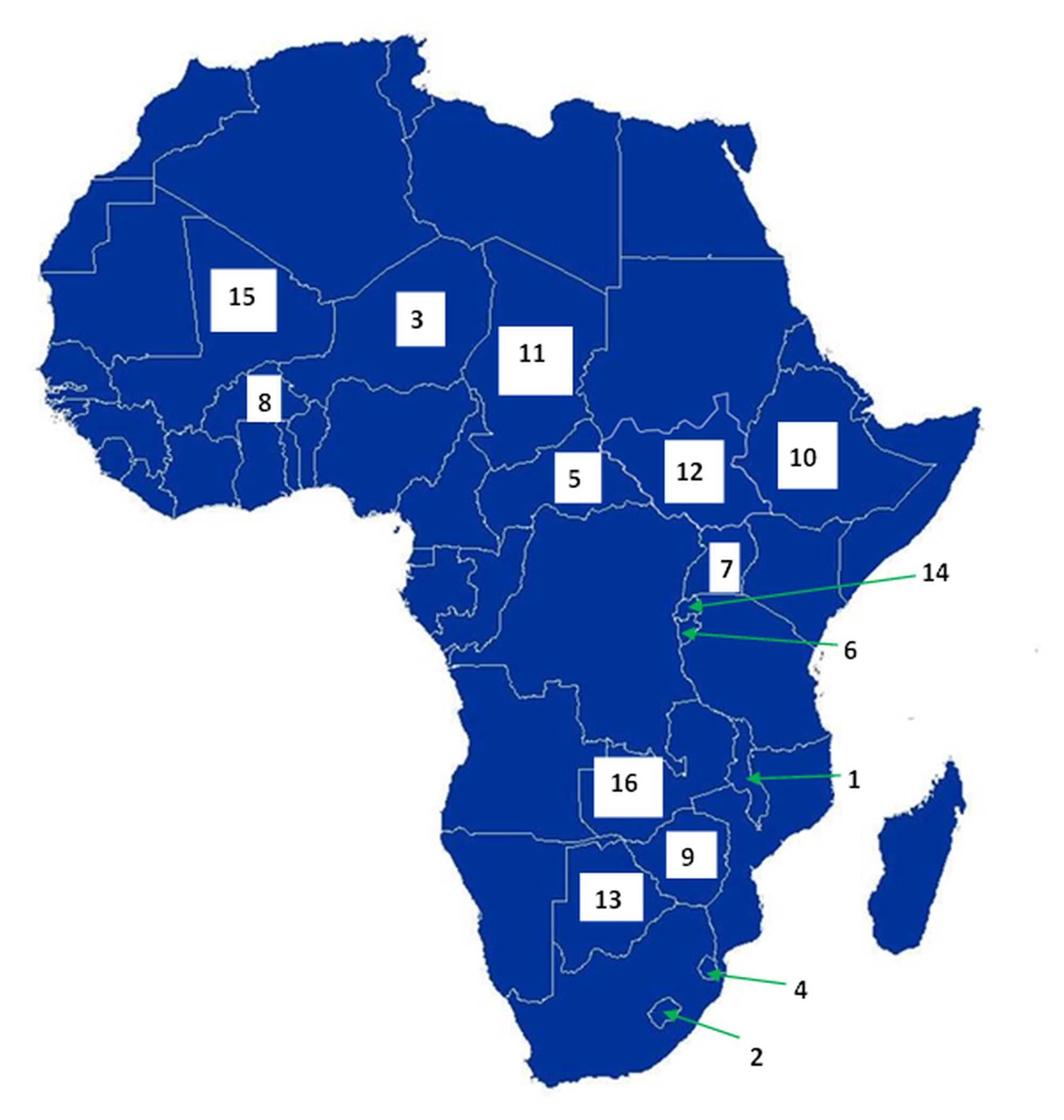Quiz Answer Key and Fun Facts
1. King African Rifles Monument - Zomba, Malawi
2. Ha Kome Cave Houses - Berea District, Lesotho
3. Grand Mosque - Agadez, Niger
4. Sibebe Rock - Eswatini
5. Boali Falls - Boali, Central Africa Republic
6. Livingstone-Stanley Monument - Mugere, Burundi
7. Bahai Temple - Uganda
8. Cathedral of Ouagadougou - Burkina Faso
9. Victoria Falls Bridge - Second Gorge, Zimbabwe
10. Rock Churches - Lalibela, Ethiopia
11. Aloba Arch - Ennedi Plateau, Chad
12. Fula Rapids - Malakal, South Sudan
13. Three Dikgosi Monument - Gaborone, Botswana
14. Volcanoes National Park - Rwanda
15. Tomb of Askia - Gao, Mali
16. 'Broken Hill Man' Monument - Kabwe, Zambia
Source: Author
VegemiteKid
This quiz was reviewed by FunTrivia editor
trident before going online.
Any errors found in FunTrivia content are routinely corrected through our feedback system.


